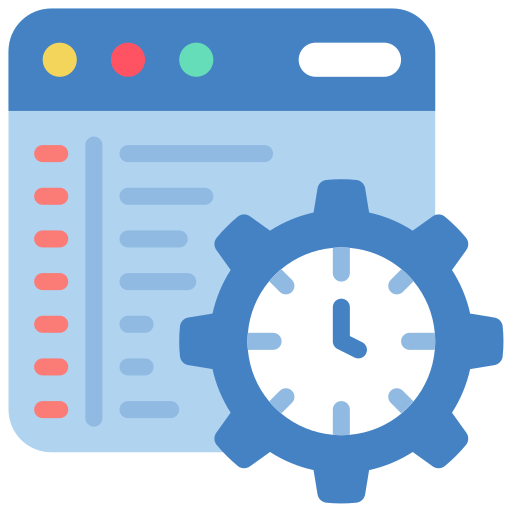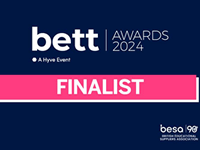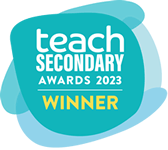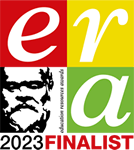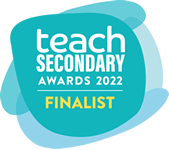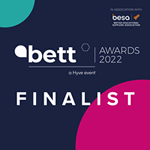All the recognised and proven pedagogies for teaching programming in one comprehensive set of resources.
PRIMM, Rosenshine, block comprehension, Parsons, functions first, cognitive load reduction, stepped challenges, and design by doing. Welcome to the Craig’n’Dave TIME approach to teaching and learning programming for GCSE and A level.
This download contains everything you need in one file, including:
- 10 self guided workbooks for students
- Over 118 programs to Try, Investigate, Make and Evaluate (TIME)
- Model solutions to all problems
- Programming progress tracker
- About Craig 'n' Dave TIME programming approach PDF
We anticipate these resources being redeveloped into the TIME 2 CODE framework in 2023-24.

